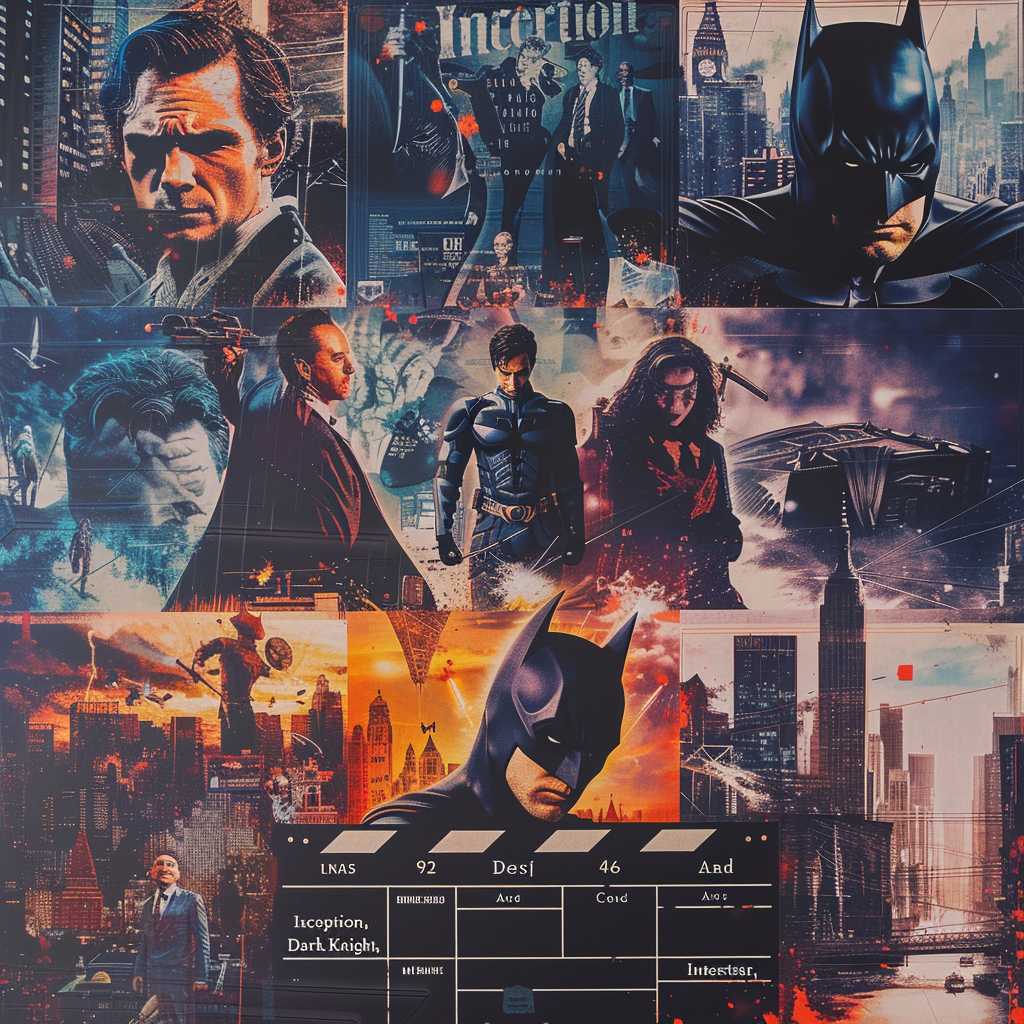The Cinematic Craftsmanship of Christopher Nolan: A Comprehensive Examination
Christopher Nolan is a name synonymous with groundbreaking cinematic experiences and intellectual storytelling. Since the late 1990s, Nolan has cultivated a diverse filmography, marked by his innovative approach to narrative structure, visual effects, and thematic explorations. His movies demand engagement from audiences, often weaving complex narratives with philosophical undertones, and maintaining a balance between commercial appeal and artistic integrity.
Early Life and Career Beginnings
Christopher Jonathan James Nolan was born on July 30, 1970, in London, England. Showing an early interest in filmmaking, Nolan began making short films with his father’s Super 8 mm camera as a child. Through his formative years, Nolan’s passion for the art grew as he honed his skills both in storytelling and technical aspects of film production.
After studying English Literature at University College London (UCL), Nolan chose to pursue a career in filmmaking. UCL’s film society gave him access to 16 mm equipment, allowing him to shoot more ambitious projects including short films that would lay the groundwork for his later features. His time at UCL was pivotal, not only in terms of developing his craft but also in meeting future collaborators like cinematographer Wally Pfister.
Nolan’s first feature film was the low-budget “Following” (1998), which exhibited many hallmarks of his style: non-linear storytelling, noir-influenced visuals, and ponderous themes. Despite its modest scale, “Following” garnered enough attention on the festival circuit to enable Nolan’s transition to more substantial projects.
Major Cinematic Endeavors and Narrative Techniques
In 2000, Christopher Nolan gained significant attention with “Memento,” a psychological thriller about a man with short-term memory loss. The narrative utilized reverse chronology to mirror the protagonist’s condition, exemplifying Nolan’s affection for unique storytelling devices.
This success paved the way for Nolan’s venture into big-budget filmmaking. He revitalized the superhero genre with “Batman Begins” (2005) and subsequently directed “The Dark Knight” (2008) and “The Dark Knight Rises” (2012), forming The Dark Knight Trilogy. These films are noted for their more realistic approach and dark tone compared to previous incarnations of the Batman franchise.
Nolan also traversed science fiction with films like “Inception” (2010) and “Interstellar” (2014), using complex plots and revolutionary visual effects to explore dreamscape architecture and space-time relativity. Meanwhile, “Dunkirk” (2017) showcased Nolan’s talent in historical representation, distilling raw tension from the World War II evacuation through a triptych of land, sea, and air perspectives without conventional narrative structure.
Throughout these projects, recurring elements become evident: an affinity for practical effects over CGI where possible; a frequent collaboration with composer Hans Zimmer whose music tightly intertwines with Nolan’s vision; explorations of time manipulation; and themes questioning identity, reality, and human consciousness.
Innovative Technology and Visual Effects
Christopher Nolan is often associated with pioneering visual effects and utilizing cutting-edge technology to enhance cinematic authenticity. While the industry gravitated towards digital filmmaking, Nolan has been a vocal proponent of traditional celluloid film — particularly the high-resolution IMAX format which he’s used extensively since “The Dark Knight.”
Even when his films venture into fantastic landscapes or futuristic scenarios, he often opts for practical effects augmented by minimal computer-generated imagery (CGI). This preference is not merely a nod to tradition but also serves Nolan’s commitment to immersive filmmaking. Real sets, tangible props, and on-location shooting are hallmarks of his commitment to creating convincing worlds within which his stories unfold.
Critical Acclaim and Industry Impact
Critically acclaimed worldwide for their originality and technical excellence, Nolan’s films have also made an indelible impact on the film industry. Furthermore, he is known for his ability to blend populist genres with experimental storytelling techniques. While he appeals to mass audiences with genres like science fiction and action, he simultaneously confronts viewers with challenging narrative constructions that have created a distinctive brand fans eagerly anticipate.
His contributions have been recognized by numerous film academies and societies worldwide. With multiple Academy Award nominations under his belt for Best Picture, Best Director, and Best Original Screenplay among others, Nolan’s work continues to resonate both within the industry and among cinema-goers craving high-quality narrative filmmaking.
Personal Philosophy and Filmmaking Style
Nolan’s approach to filmmaking reflects a meticulous devotion to the craft. Eschewing unnecessary ornamentation or narrative excess in favor of substance and clarity is a definitive aspect of his philosophy.
Among other distinct characteristics is his reservation towards franchise filmmaking post The Dark Knight Trilogy — although successful in that arena — emphasizing a pursuit of new stories rather than returning endlessly to the same universes. His vision emphasizes humanity’s shared experiences manifesting through disparate but universally recognizable trials within highly stylized settings.
Notes
